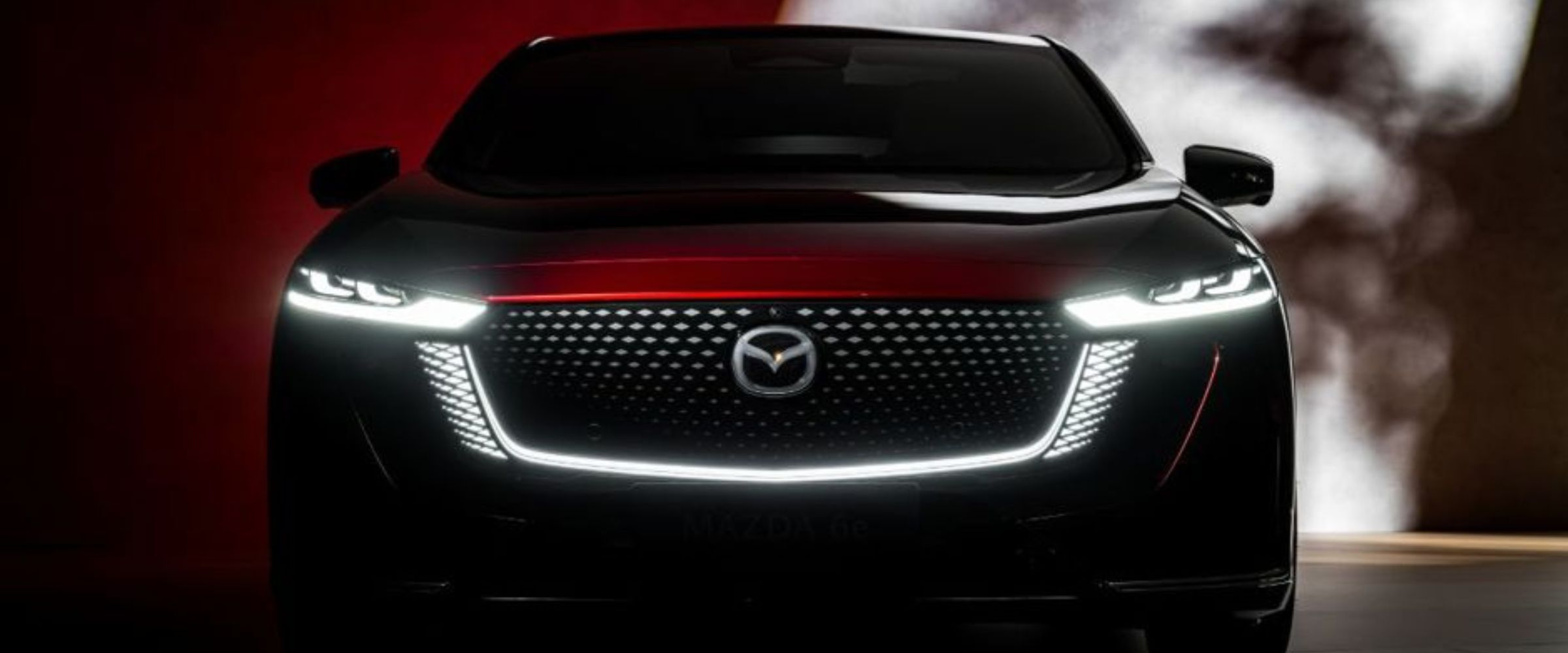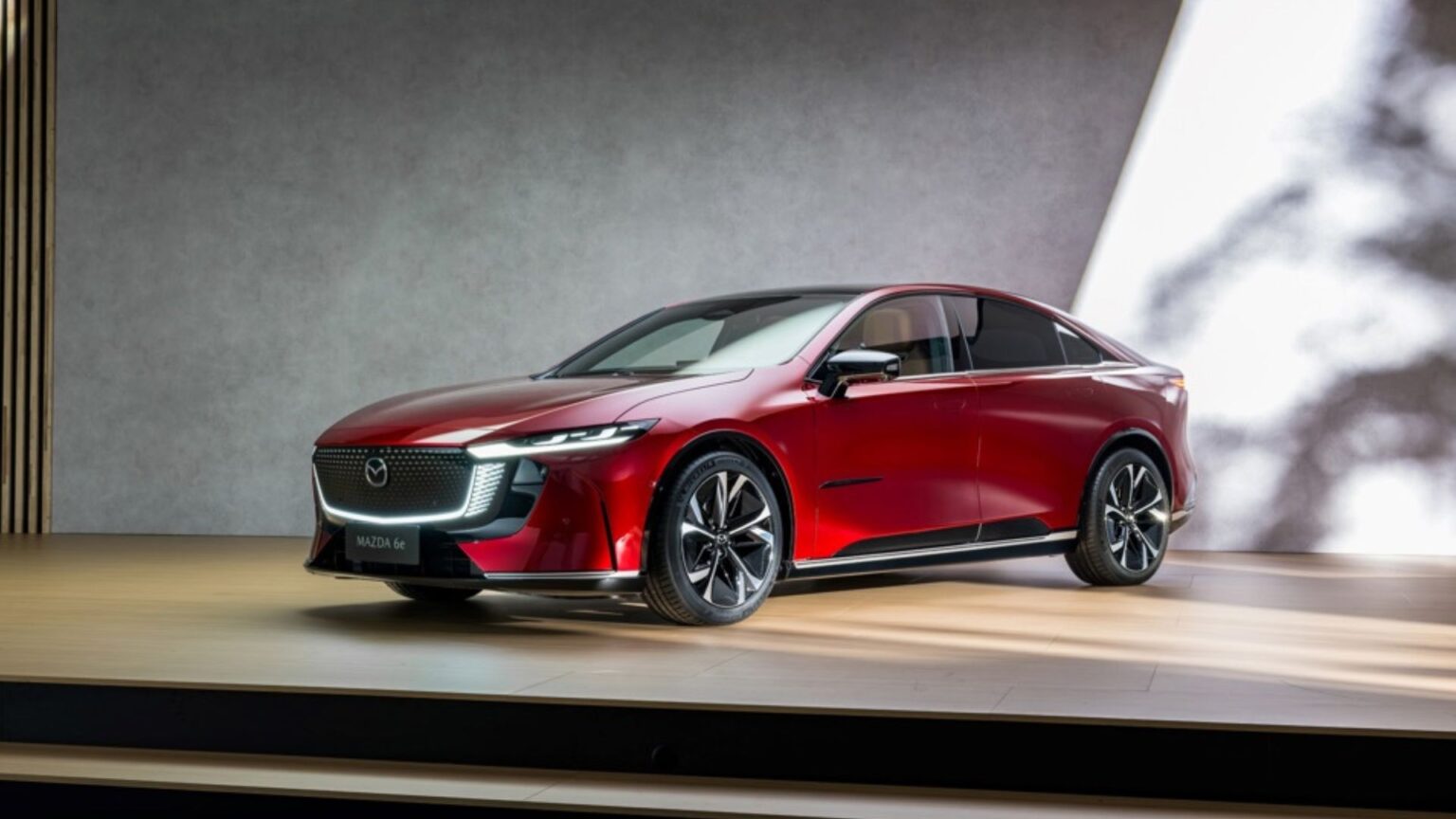Tokyo: Mazda has unveiled a new strategy to embrace electrification while keeping combustion engines in the mix. Unlike other automakers rushing toward fully electric vehicles, Mazda is taking a balanced approach.
A Smarter Investment in EVs
Mazda is reducing its planned investment in electrification from ¥2 trillion to ¥1.5 trillion (NZ$17.25 billion). Instead of rapid spending, the company will focus on cost-effective research.

To speed up development, Mazda is working with Toyota, Denso, BluE Nexus, and Changan Automobile. These partnerships will help improve battery and hybrid technology while keeping costs low.
Also Read : The Future of Braking: ZF and Brembo Introduce Electric By-Wire Systems
“We aim to balance innovation with sustainability,” said Mazda CEO Masahiro Moro. The company plans to move toward electrification at a steady pace rather than rushing into it.
Mazda’s Multi-Powertrain Strategy
Mazda will not abandon combustion engines. Instead, it will offer multiple powertrain options based on regional needs.
Here’s what to expect:
- Efficient combustion engines for regions where EV adoption is slow.
- New hybrid and plug-in hybrid models to reduce emissions.
- Skyactiv-Z engine, compliant with Euro 7 standards, arriving in the next-generation CX-5 by 2027.
Upcoming Mazda EVs and Hybrids
Mazda’s first fully in-house electric vehicle (EV) will launch in 2027. It will be built in Japan and use Panasonic Energy battery cells. A new electric SUV is also expected between 2025 and 2027.
The next-generation CX-5 will introduce an in-house hybrid system, maintaining fuel efficiency and driving performance.
Also Read :
VW Partners with Rivian to Fast-Track Launch of First Software-Defined Vehicle
Smarter, More Affordable EV Production
Mazda is making EV production more cost-effective. By upgrading mixed-flow production lines, the company will cut investment costs by 85% and setup time by 80%.
Over-the-air (OTA) software updates will also enhance vehicles without expensive hardware changes.
Mazda’s Future: A Steady EV Shift
Unlike competitors shifting rapidly, Mazda is taking a gradual approach. Its strategy combines hybrid technology, cost-efficient manufacturing, and flexible EV development.
This measured transition ensures that Mazda cars remain fun to drive, efficient, and affordable—even in an increasingly electric world.
